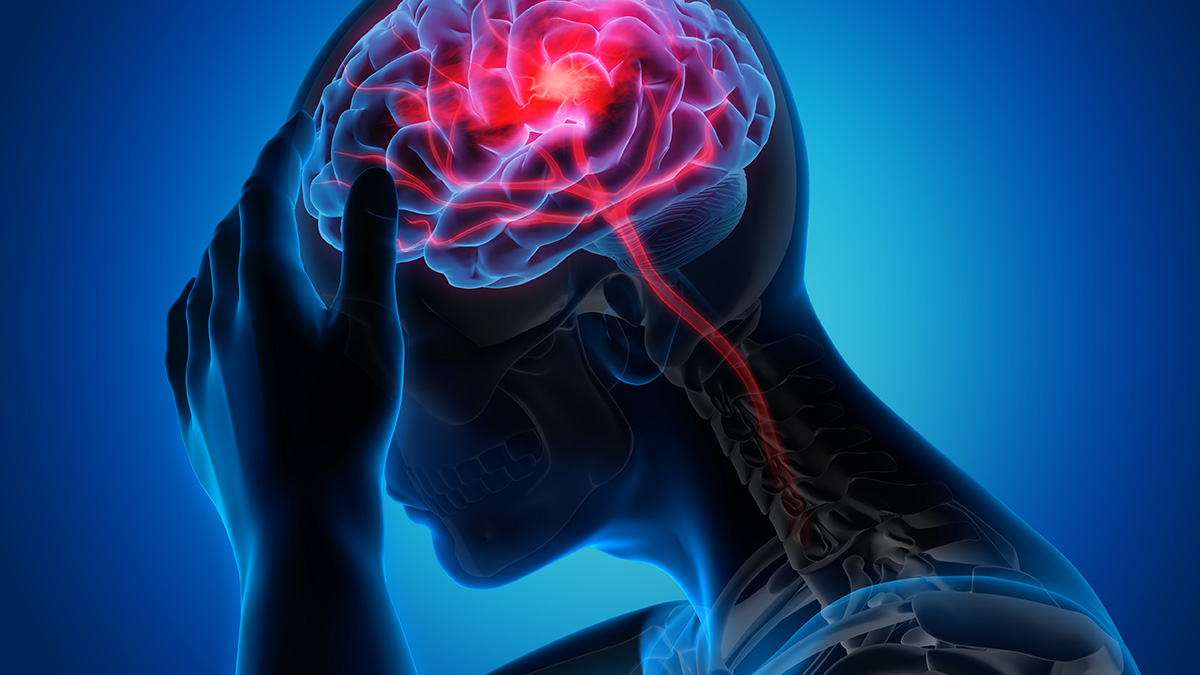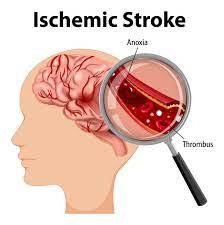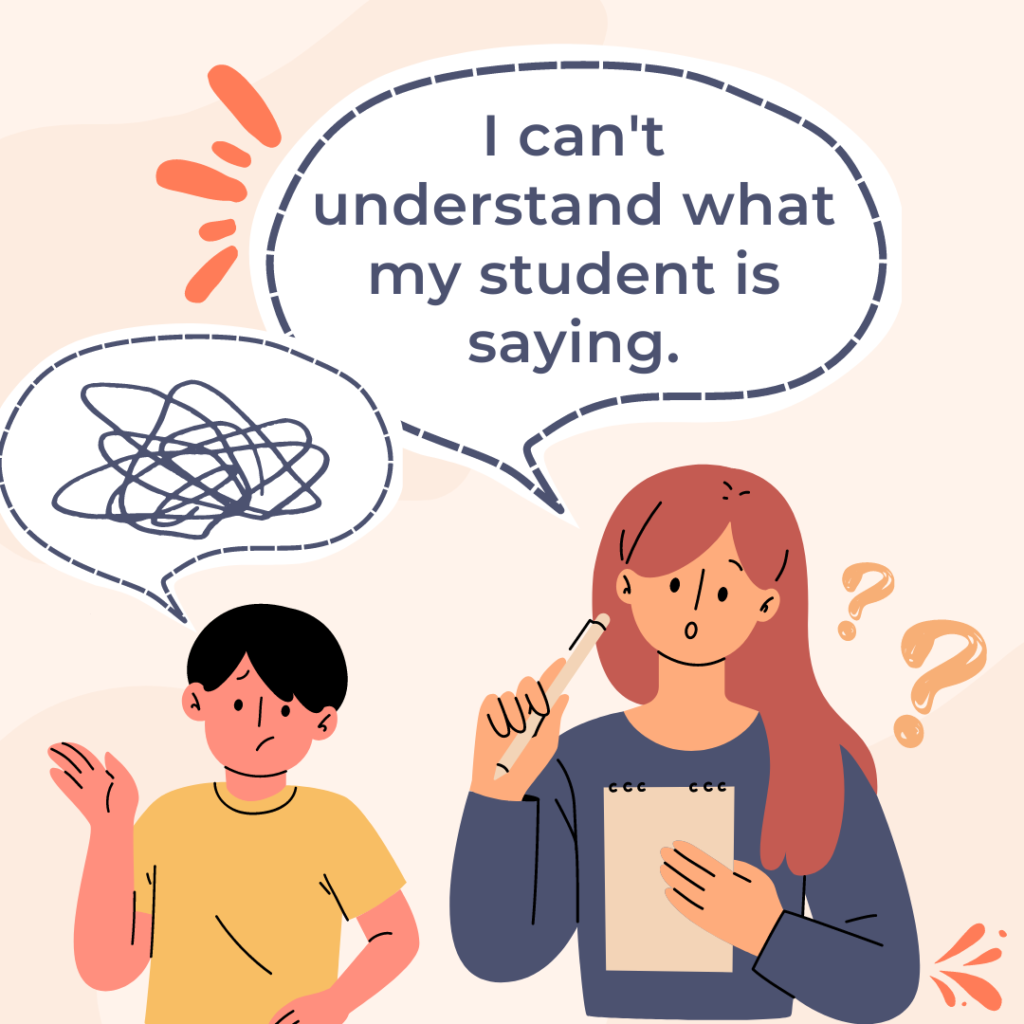A stroke is a medical emergency that occurs when the blood supply to a part of the brain is interrupted or reduced, depriving brain tissue of oxygen and nutrients. Brain cells begin to die within minutes, which can lead to permanent brain damage, disability, or even death if not treated promptly. In this article we help you understand the magnitude of Stroke in Uganda exploring the types, symptoms and treatment of stroke.
Types of Stroke
Stroke is a leading cause of disability and death worldwide, yet many people don’t fully understand the different types of stroke or their warning signs. Recognizing the type of stroke can make a critical difference in how quickly someone receives treatment and their chances of recovery. Here are the main types of stroke, their causes, symptoms, and why early intervention matters.
1. Ischemic Stroke
Ischemic strokes are the most common type, accounting for nearly 87% of all strokes. They occur when a blood vessel supplying the brain becomes blocked, cutting off oxygen and nutrients to brain tissue. This blockage is usually caused by a blood clot. There are two main subtypes: thrombotic strokes, where the clot forms directly inside a brain artery—often due to plaque buildup—and embolic strokes, where a clot travels from another part of the body, such as the heart, to the brain. Symptoms can include sudden weakness, numbness, confusion, trouble speaking, or vision problems. Prompt medical attention is critical because early treatment can restore blood flow and prevent severe brain damage.
2. Hemorrhagic Stroke
Unlike ischemic strokes, hemorrhagic strokes are caused by bleeding in or around the brain. When a blood vessel ruptures, it puts pressure on surrounding brain tissue and damages neurons. Hemorrhagic strokes are further classified into intracerebral hemorrhage, where bleeding occurs directly within the brain, and subarachnoid hemorrhage, which involves bleeding in the space between the brain and its protective layers. High blood pressure, aneurysms, or head trauma are common triggers. These strokes often present with sudden severe headache, nausea, vomiting, or loss of consciousness. Quick intervention is essential to control bleeding and reduce the risk of permanent brain injury and death.
3. Transient Ischemic Attack (TIA)
A transient ischemic attack, or TIA, is often referred to as a “mini-stroke.” It happens when blood flow to the brain is temporarily blocked, causing stroke-like symptoms that usually last only a few minutes to a few hours and resolve completely within 24 hours. Though the symptoms may disappear quickly, a TIA is a serious warning sign of an impending full stroke. Common signs include temporary weakness or numbness on one side of the body, speech difficulties, and visual disturbances. Anyone experiencing a TIA should seek immediate medical evaluation to reduce the risk of a future stroke.
4. Cryptogenic Stroke
Cryptogenic strokes are strokes of unknown origin. Despite thorough medical testing, doctors cannot identify a clear cause in about 25–30% of ischemic stroke cases. This can make prevention and treatment more challenging. Cryptogenic strokes may result from hidden heart problems, undetected blood clots, or subtle arterial issues. Patients often undergo extensive monitoring, including heart rhythm tests and imaging scans, to uncover potential causes. While the exact source may remain uncertain, doctors focus on controlling risk factors like high blood pressure, cholesterol, and lifestyle habits to prevent recurrence.
5. Brainstem Stroke
Brainstem strokes are less common but particularly serious because they affect the brainstem, which controls vital functions like breathing, heartbeat, and movement coordination. These strokes can lead to severe symptoms such as double vision, difficulty swallowing, loss of balance, and even paralysis on both sides of the body. Because the brainstem is small yet critical, even minor damage can have major consequences. Early detection and immediate medical care are essential to improve outcomes and reduce long-term disability.
6. Silent Stroke
Silent strokes occur without obvious symptoms, often going unnoticed by the person affected. Despite their subtlety, these strokes still cause damage to the brain and increase the risk of cognitive decline, memory problems, and future strokes. Silent strokes are typically detected through brain imaging performed for other reasons. Common risk factors include high blood pressure, diabetes, and smoking. Because these strokes don’t cause immediate warning signs, regular checkups and management of cardiovascular risk factors are crucial for prevention.
The Magnitude of Stroke in Uganda
Stroke is emerging as a significant public health concern in Uganda, contributing to a substantial burden of disease and mortality. According to the World Health Organization (WHO), stroke accounts for 5.39% of total deaths in Uganda, with an age-adjusted death rate of 99.89 per 100,000 population . This positions stroke among the leading causes of death in the country, reflecting a rising trend in non-communicable diseases (NCDs) as major contributors to mortality.
Hospital-based studies provide further insight into the impact of stroke within Uganda’s healthcare system. A study conducted in southwestern Uganda reported a 30-day stroke mortality rate of 38.1%, highlighting the severity of outcomes associated with stroke . Additionally, a descriptive epidemiological study in Kampala found that 77.6% of stroke patients had ischemic strokes, while 22.4% had hemorrhagic strokes, with a mean patient age of 62.2 years . These statistics underscore the critical need for improved stroke prevention, early detection, and management strategies to address this growing health challenge in Uganda.
Epidemiology and Risk Factors
Stroke is estimated to be one of the top five causes of adult deaths in Uganda, accounting for 3.7% of all hospital admissions among adults. The prevalence of stroke among older patients is notably high. A study found that the prevalence of stroke was 15.4% in those aged 60–69, 22.5% for those aged 70–79, and 32.2% for those aged 80 and above. These figures highlight the increasing burden of stroke among the aging population in Uganda.
Several modifiable risk factors contribute to the high incidence of stroke in Uganda. Hypertension, diabetes, and HIV have been identified as independently associated with both ischemic and hemorrhagic strokes. The prevalence of hypertension is particularly concerning, with urban areas reporting a higher prevalence compared to rural regions. Addressing these risk factors through public health interventions and lifestyle modifications is crucial in reducing the stroke burden.
Clinical Outcomes and Mortality Rates
Stroke outcomes in Uganda are concerning, with high mortality rates observed within the first 30 days post-stroke. A study conducted in southwestern Uganda reported a 30-day stroke mortality rate of 38.1%, identifying factors such as stroke severity, anemia, and HIV infection as predictors of mortality. Additionally, a study at Mulago Hospital in Kampala found that stroke severity, complications, and lack of specialized stroke units contributed to a high mortality rate of up to 62% at one year.
These findings emphasize the need for timely medical intervention, improved healthcare infrastructure, and specialized stroke units to enhance patient outcomes and reduce mortality rates.
Rehabilitation and Support Services
Rehabilitation services for stroke patients in Uganda are limited, particularly in rural areas. The lack of specialized stroke units and trained healthcare professionals hinders the recovery process for many patients. Caregivers often experience significant emotional and financial burdens due to the demands of caring for stroke survivors without adequate support systems.
Organizations such as the Speech Therapy Uganda are working to address these challenges by providing counseling, home visits, and advocacy for better healthcare services. However, there is a pressing need for expanded rehabilitation programs and community-based support to improve the quality of life for stroke survivors and their families.
Prevention and Public Awareness
Preventing stroke requires a multifaceted approach, including public education on risk factors, promotion of healthy lifestyles, and early detection of hypertension and diabetes. Community health programs and media campaigns can play a vital role in raising awareness and encouraging individuals to seek regular health check-ups.
Government policies aimed at reducing tobacco and alcohol consumption, promoting physical activity, and improving access to healthcare services are essential in mitigating the risk of stroke. Collaboration between healthcare providers, policymakers, and community organizations is key to implementing effective prevention strategies.
The Role of Therapy in Treating Stroke in Uganda
Recovering from a stroke can be a long and challenging journey, but therapy plays a critical role in helping survivors regain function, independence, and quality of life. Stroke therapy is designed to address the physical, cognitive, and emotional effects of stroke, tailoring interventions to each patient’s unique needs. Early and consistent therapy significantly improves outcomes and can reduce long-term disability.
1. Physical Therapy
Physical therapy focuses on restoring movement, strength, and coordination after a stroke. Since strokes often cause weakness or paralysis on one side of the body, physical therapists work on exercises to improve muscle tone, balance, and walking ability. Therapy may include stretching, strengthening routines, gait training, and functional mobility exercises. The goal is to help stroke survivors regain as much independence as possible in daily activities such as walking, dressing, or climbing stairs. Even small improvements in mobility can have a huge impact on overall quality of life.
2. Occupational Therapy
Occupational therapy helps stroke survivors relearn essential daily tasks and regain independence. Therapists assess a patient’s ability to perform activities like eating, bathing, dressing, cooking, and writing, and then design strategies to make these tasks easier. This may involve adaptive equipment, environmental modifications, or techniques to compensate for lost skills. Occupational therapy also addresses hand-eye coordination, fine motor skills, and cognitive challenges, ensuring patients can safely manage everyday life and regain confidence in their abilities.
3. Speech and Language Therapy
Many stroke survivors experience communication difficulties, known as aphasia, or swallowing problems, called dysphagia. Speech and language therapy targets these issues through exercises to improve speaking, comprehension, reading, and writing skills. Therapists may also teach strategies to make communication easier, such as using gestures, communication boards, or assistive devices. Effective speech therapy not only improves communication but also enhances social interaction, mental health, and overall quality of life.
4. Cognitive and Neuropsychological Therapy
Strokes can affect memory, attention, problem-solving, and emotional regulation. Cognitive therapy helps patients rebuild these mental skills and adapt to challenges in daily life. Neuropsychologists may provide exercises for memory, attention, and executive function, as well as strategies for managing frustration, depression, or anxiety. Addressing cognitive and emotional effects early can dramatically improve a patient’s ability to reintegrate into work, family, and social activities.
5. Group and Community Therapy
Therapy doesn’t always happen in a clinic—community programs and support groups are also essential. Group therapy sessions provide motivation, peer support, and opportunities to practice skills in a social setting. Participating in community-based rehabilitation can help stroke survivors maintain therapy routines, combat isolation, and stay committed to long-term recovery.
In Conclusion
Stroke represents a significant and growing public health challenge in Uganda. With high mortality rates, limited rehabilitation services, and a rising prevalence among the aging population, urgent action is needed to address this issue. By focusing on prevention, improving clinical care, expanding rehabilitation services, and raising public awareness, Uganda can make significant strides in reducing the burden of stroke and improving the quality of life for affected individuals and their families.



